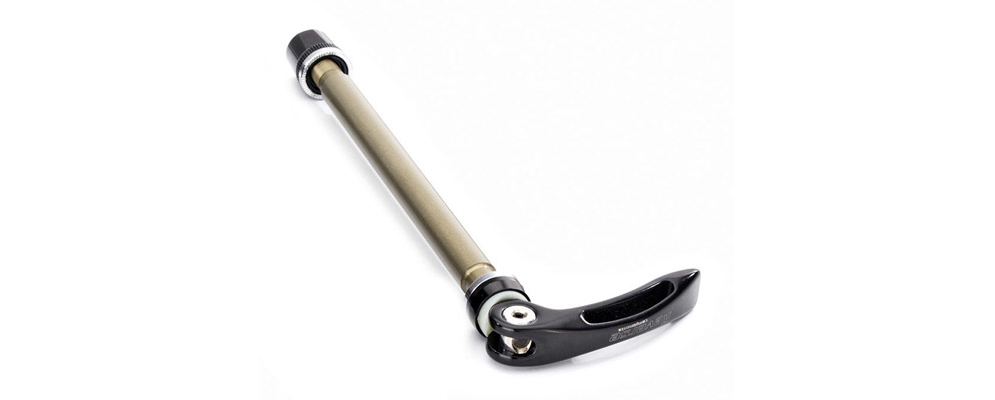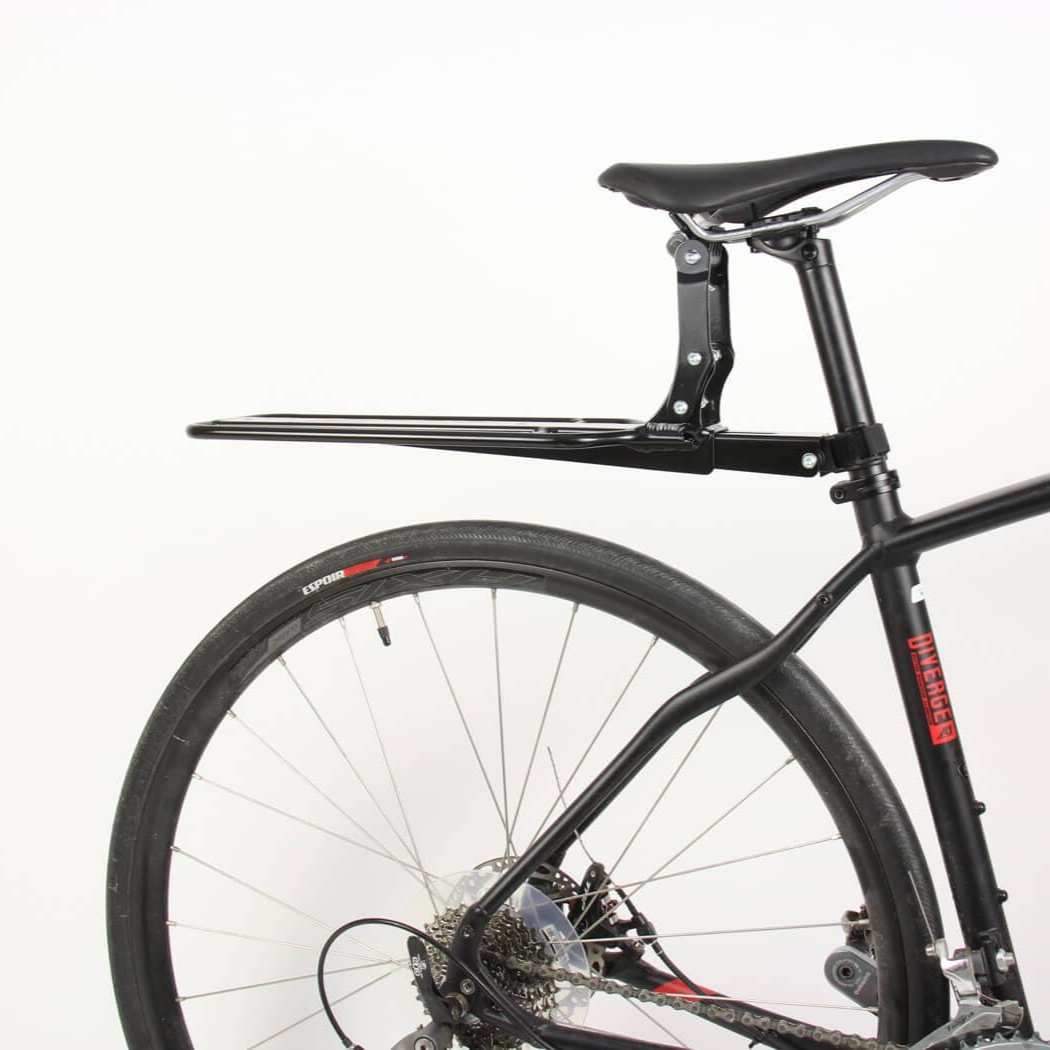Stefan Mikes
Gravel e-biker
- Region
- Europe
- City
- Mazovia, PL
You made me laugh, kahn! 
tldr;
-- note: the pound sterling is the currency of the United Kingdom of Great Britain and Northern Ireland, not just of England! (although I am not sure how the matters were affected by the Scottish pound) --
/tldr;
you are driving on the wrong side of the road! (Did you know the British had their bike brake levers swapped by sides?)
My actual need is a gravel e-bike (I'm not a roadie type), so I might consider going for a true Specialized gravel e-bike anyway. Still, I think the aluminium version is even more durable than CF is. You can, for instance, buy a Specialized Diverge Alu version. Most of traditional gravel bikes are either alu or steel, with CF reserved for lightweight performance bikes.
If I'm not wrong, the geometry of Alu and CF Creo is identical; the Alu Creo is equipped with a gravel-cycling-approved drivetrain. Perhaps the handlebars between the road and gravel versions are different. Yes, a dropper post (I could live without). So, are the road wheels of the road E5 Creo capable to take wider tyres? Perhaps @mschwett could chime in?
 Art, rest assured it won't happen soon. (I have tested a Tero and didn't buy it, right?) I cannot buy an e-bike with an internal battery for Winter without proper storage conditions! And I haven't sold the huge contract yet!
Art, rest assured it won't happen soon. (I have tested a Tero and didn't buy it, right?) I cannot buy an e-bike with an internal battery for Winter without proper storage conditions! And I haven't sold the huge contract yet! 
I am not really sure of the affect/effect of spelling TIRES wrong.
According to the inhabitants of England (the insular country across the pond)like about 10 pounds (weight, not English money)
tldr;
-- note: the pound sterling is the currency of the United Kingdom of Great Britain and Northern Ireland, not just of England! (although I am not sure how the matters were affected by the Scottish pound) --
/tldr;
you are driving on the wrong side of the road! (Did you know the British had their bike brake levers swapped by sides?)
If a Specialized gravel e-bike were available in aluminium (not aluminum), I could buy one because of the lower price. Having owned three fully equipped e-bikes, I need neither mudguards nor rear rack on a performance e-bike. I am sceptical about carbon fibre e-bikes as I don't know how brittle the construction material is, and how badly it ages.I went with aluminum for two reasons. One was price but I probably could have afforded more. The second reason might have been wrong as I really still don't know "new" carbon frames and strength. I have a Carbon Trek Madone. It was strictly limited to how much weight could be placed on any rack - like about 10 pounds (weight, not English money). I did not want that type of weight limit on this most recent purchase. I wanted a rack and panniers as I prefer less weight on my back with a backpack. Therefore, I opted for the aluminum frame.
My actual need is a gravel e-bike (I'm not a roadie type), so I might consider going for a true Specialized gravel e-bike anyway. Still, I think the aluminium version is even more durable than CF is. You can, for instance, buy a Specialized Diverge Alu version. Most of traditional gravel bikes are either alu or steel, with CF reserved for lightweight performance bikes.
If I'm not wrong, the geometry of Alu and CF Creo is identical; the Alu Creo is equipped with a gravel-cycling-approved drivetrain. Perhaps the handlebars between the road and gravel versions are different. Yes, a dropper post (I could live without). So, are the road wheels of the road E5 Creo capable to take wider tyres? Perhaps @mschwett could chime in?
Oh, yesStefan, you know what test rides lead to ...
Last edited:




